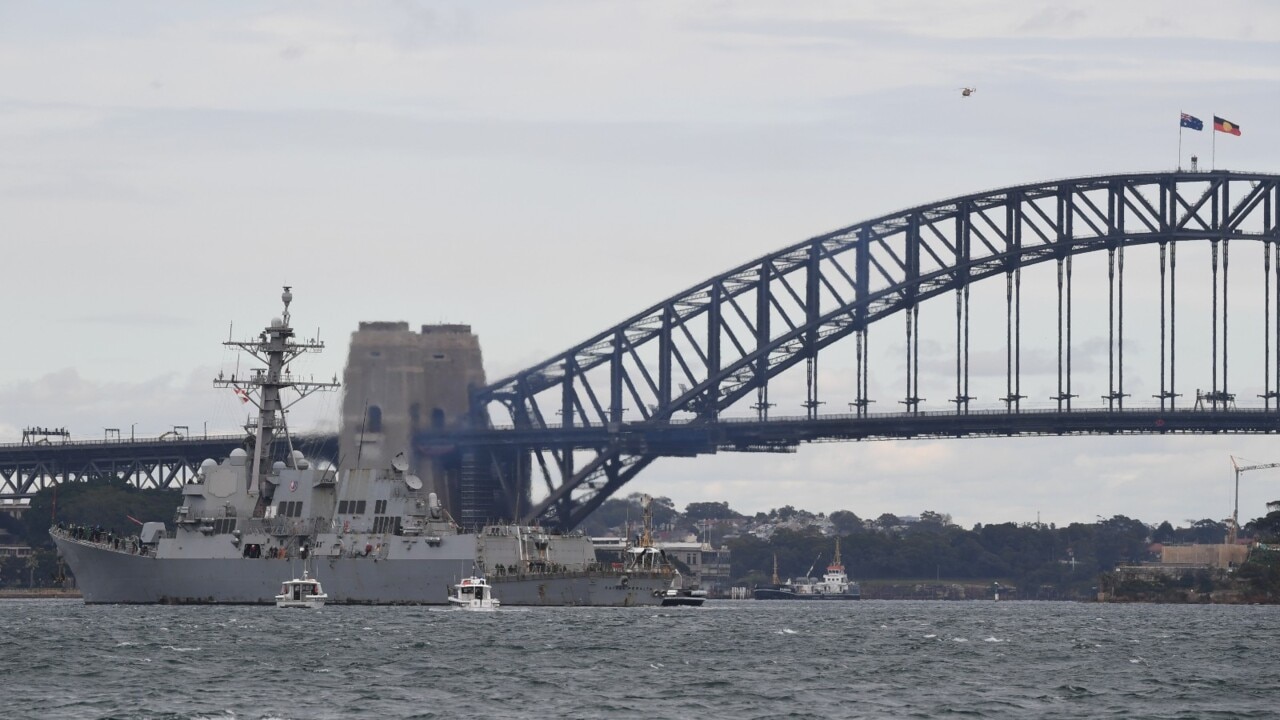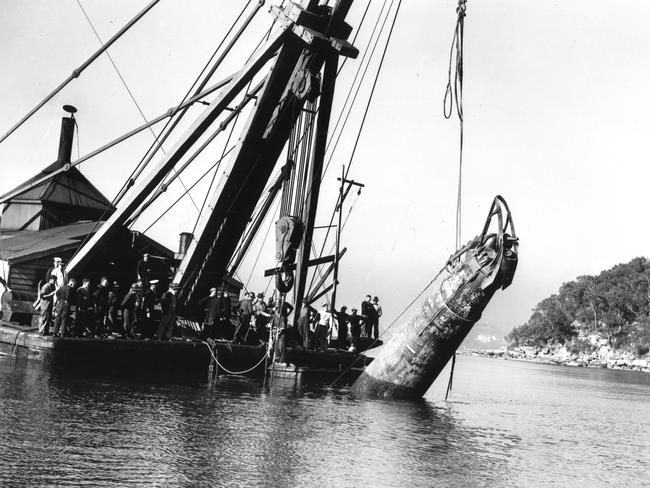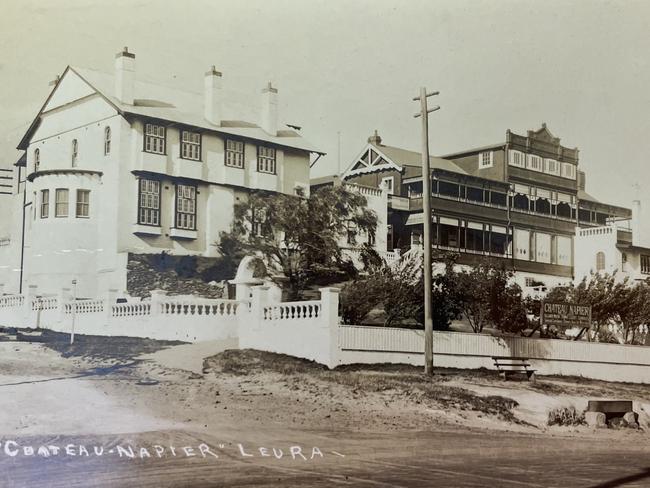Sydneysiders escape to Blue Mountains at start of WWII
Terrified by the prospect of a Japanese invasion, Sydneysiders fled inland to places like the Blue Mountains at the start of World War II.

Sydney Weekend
Don't miss out on the headlines from Sydney Weekend. Followed categories will be added to My News.
Leong Wah Mar was a cautious man. The father of six had good reason to be. He had left China for Sydney a few years before the Japanese occupied his country in 1937 so when he heard about the Japanese attack on Pearl Harbor on December 7, 1941, he acted fast.
The merchant, who had taken over the successful family fruit and vegetable business based in Haymarket when his father died in 1937, made the decision to relocate his family from the eastern suburbs to the Blue Mountains.
Harry, as he was known to friends, settled his family in Katoomba on Christmas Eve 1941 and would visit them on weekends, living with his sister Alice at Ryde during the week so he could continue to work at Haymarket. And he kept his car full of petrol at all times in case he needed to evacuate his family further west at a moment’s notice.
It may seem like a drastic move, but Harry’s worst fears were realised a few months later when three ko-hyoteki class Japanese midget submarines entered Sydney Harbour in late May and early June 1942 in an attempt to sink allied warships.
Harry’s was one of many families moving inland to the Blue Mountains, Armidale, Oberon and the Southern Highlands, or sending their children to boarding schools in these towns.

An hour west of Sydney and on a main train line, the Blue Mountains was a popular choice among those who had a very real fear that Japanese forces would invade Sydney and Newcastle.
In 1942, the Japanese attacked at least seven merchant vessels killing 50 sailors and bombarding the ports of Sydney and Newcastle.
While the attack was considered a failure in a military sense, it had a huge psychological impact on Sydney residents who, just months after the bombing of Pearl Harbor, believed their city was next.
Historian and vice-president of the Blue Mountains Historical Society, Robyne Ridge, came across an unpublished book by the late Joan Edwards which details the story of those who evacuated to the Blue Mountains during World War II.
“(Edwards) tells the story of two women whose husbands were serving overseas and had four children between them,” Ridge says.
“They advertised to pay £1 for each child to be boarded in the Mountains while they stayed in Sydney to work. Their children were aged three, six, seven and nine.

“There’s also the story of Mr Mitchell who rented a flat above a shop in Blackheath for his wife and four children to live in while he stayed in Sydney to work.
“And a music teacher from Earlwood moved to Bullaburra near Lawson with her grandson and some of her private students.”
Even before the Japanese submarines entered Sydney Harbour, student admissions to Blue Mountains schools had swelled, possibly due to news of the Pearl Harbor attack. There were 350 new scholars recorded at Katoomba Intermediary High School, a 35 per cent increase on the previous year. And the nine boys who boarded at St Bernards in 1941 became 100 in 1942.
Some Sydney schools opened branches in the Blue Mountains: Sydney Church of England Grammar School (SCEGGS) started classes at boarding house Chateau Napier at Leura; students from Cranbrook at Bellevue Hill started classes in Wentworth Falls; a branch of Manly Grammar School for Girls opened in Katoomba St; and infants from Soloriens Kindergarten in Mosman attended a makeshift school in Leura.

Arrangements were also made for three church halls to be used for student accommodation.
Ridge says air bomb shelters were built at several schools and the children would practise trial evacuations.
“The Blue Mountains was a popular spot for evacuations because it was far enough away from the city and the coastline but still close enough that people could get the train to Sydney and commute for work,” Ridge says.
“The Blue Mountains was seen as a bit of a sanctuary during World War II, a safe haven.”
Got a local history story to share? Email mercedes.maguire@news.com.au

HARRY’S CHINESE LEGACY
Leong Wah Mar came to Sydney in 1921 aged 18, following his father who had arrived three years earlier. Known as Harry Mar, he spoke English well thanks to a bilingual education in Hong Kong. He completed his schooling at Sydney Grammar School.
By 1933, he was the managing director of the successful family fruit and vegetable business, Wing Sang & Co.
In 1929, he married his wife, Grace, and the two had six children – Albert, William, May, John, Gordon and Keith.
Harry was a proud Chinese immigrant, chairman of the Chinese Nationalist Party and outspoken on the courage of his countrymen after the Japanese invasion of 1937.
DEATH IN THE NIGHT
An aerial reconnaissance of Sydney Harbour was carried out from five Japanese submarines positioned 56km outside Sydney Heads in the early hours of May 29, 1942. The next night three midget submarines entered Sydney Harbour.
The first midget sub self-detonated, killing its two-member crew after it was identified. A second midget sub headed towards the Harbour Bridge and fired a torpedo under the harbour bed beneath HMAS Kuttabul where it exploded and killed 21 sailors.
The third midget sub was depth-charged by the Royal Australian Navy and sunk.





